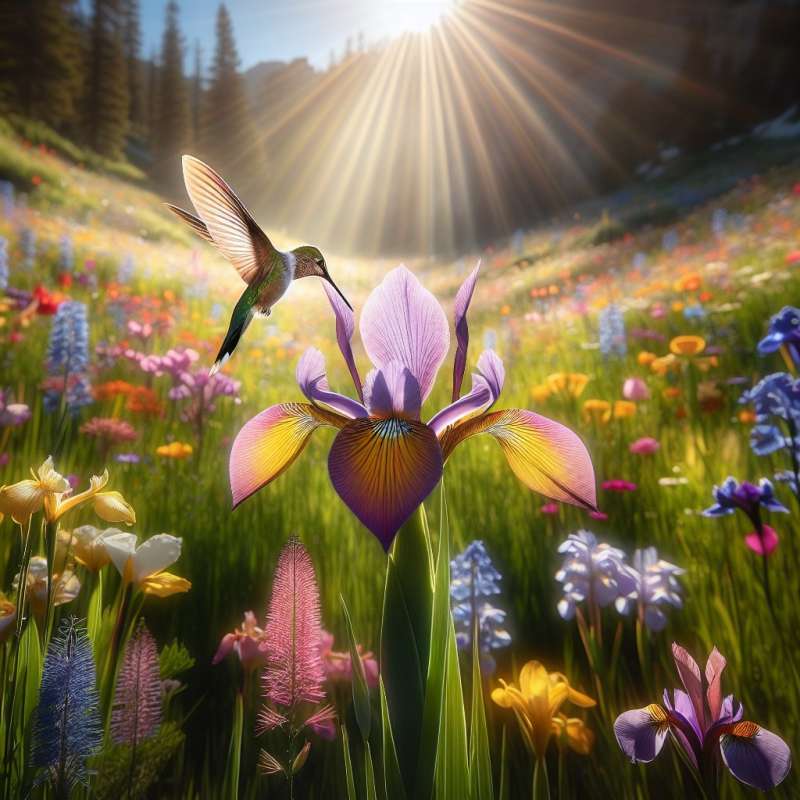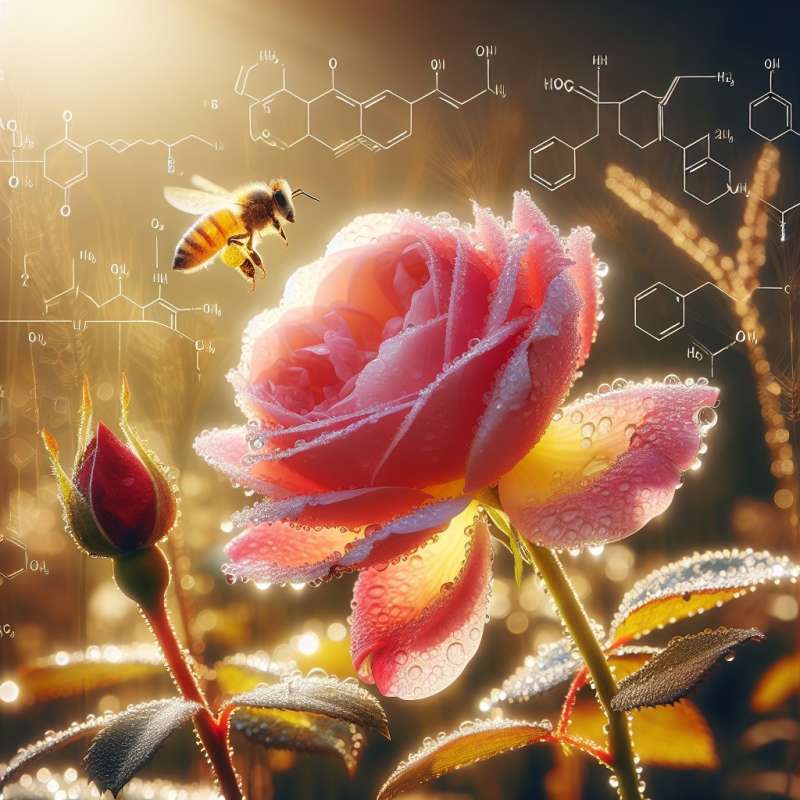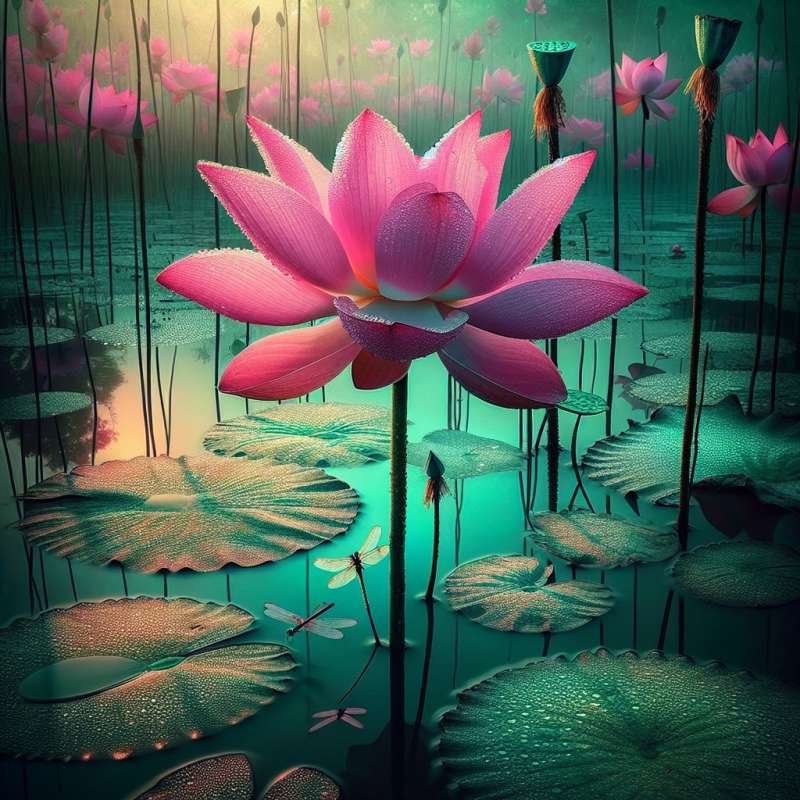
Flowers: Earth's Masterpieces
Flowers aren't just beautiful; they're crucial in ecosystems. Acting as the reproductive organs of flowering plants, they facilitate pollination, leading to fruit and seed production, which sustains diverse wildlife.
Bloom Timing Precision
Flowering plants possess an internal clock synchronized with environmental cues, ensuring they bloom at optimal times for pollinator activity, maximizing reproductive success and genetic diversity.
Flower Power in Numbers
There are over 400,000 flowering plant species. The vast diversity results from co-evolution with pollinators, leading to an array of colors, shapes, and sizes that cater to specific pollinators.
Colorful Communication Skills
Flower colors aren't random; they're a language. Depending on the pollinator, colors can signal ripeness, offer UV guides for navigation, or warn of toxicity.
Scent: Invisible Allure
Floral scents are sophisticated chemical messages, attracting pollinators, deterring predators, and even communicating with other plants about threats like insect invasions.
Surviving in the Desert
Desert blooms defy harsh conditions. Some desert flowers can remain dormant for months, even years, before rain triggers a synchronized, spectacular explosion of life.
Aquatic Flowers Unveiled
Not all flowers thrive on land. Water lilies and lotuses, adapted to aquatic environments, float elegantly on water surfaces, with unique pollination strategies involving water insects.Flowering Under Moonlight
Some flowers bloom exclusively at night, relying on nocturnal pollinators like moths and bats, creating a unique, nighttime pollination network.
What is the primary role of flowers?
Aesthetic enhancement
Facilitate pollination
Provide shade
Company